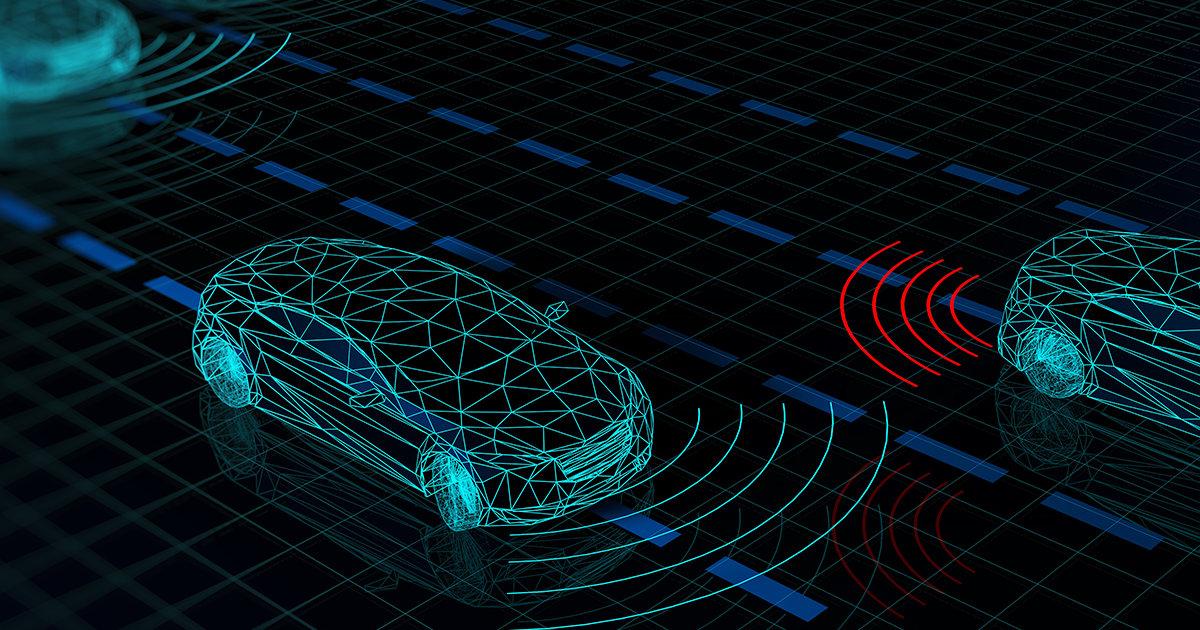Robotaxis: The Future is Autonomous

Self-driving vehicles are the future of mobility because they improve safety and reduce costs.
I took my first ride in a robotaxi my first weekend in San Francisco. Cruise1 and Waymo2 had invite-only services in the city that operated between 10:30 pm and 5 am in specific parts of the city.

My first ride was with Cruise's Tourmaline at 11 pm on a Saturday. I ended up at a karaoke bar that was closing. Why? Because it was the longest ride that I could take and I wanted to see how the car would do.
After taking enough rides in a robotaxi, you start to appreciate how bad other drivers are at sharing roadways.
Some road safety facts
Around 40 thousand people die from motor vehicle accidents every year.
Impaired driving accidents (DUI) have been steadily falling since the early 80s due to increased enforcement, advocacy from groups like Mothers Against Drunk Driving (MADD), and, more recently, ridesharing services like Uber.
Distracted driving is still on the rise even though there's more awareness around the dangers of using a cell phone while driving. Infotainment screens exist in almost every new vehicle.
AI + Driving
One of the biggest utilities of AI is as a decision-making engine. Every time you get on the road, you have a near infinite number of decisions that you need to make outside of direction and speed.
On the highway, things are relatively easy. You're deciding at high speed, but your main considerations are following distances and lane changes. Adaptive cruise control systems make highway driving much more pleasant. They'll keep lanes for you and warn if you're veering off. They also slow down and speed based on following distance.
Cities are much more challenging.
You have to make decisions based on traffic lights, double-parked cars, right-of-way at intersections, cyclists, pedestrians, little kids, and pets.
Other drivers also factor into your decision-making. And they also have to consider all the things you're considering. At least they should.
The stresses of daily life never really leave the background. You just have to contend with them. And sometimes everything boils over and you get road rage.
Anecdotes on people we share the roads with...
People are buying larger vehicles as crash protection.
There's a thing called cutting up now.3
Cost
The equipment is expensive. In addition to the car, you have the numerous cameras, radar, and lidar sensors. Don't forget the onboard processors for making sense of all the measurements. They're all expensive now, but costs will likely come down over time. The tradeoff is that any improvement made to one is deployed to all almost instantaneously.
There's the regulatory cost. Rules and permissions have to be negotiated with state, cities, and municipalities. Not all priorities are aligned. And any bad news looks bad on everyone that signed off on a deployment.
Then there are the societal costs.
On one hand, it's great news for personal mobility and accessibility. The US lacks the density to really make rail work. And in a world that is increasingly becoming hostile to kids, seniors, and people with disabilities, robotaxis allow everyone to get around just fine.
There's also the fact that most private vehicles spend more than 95% of their time parked. Not a good use for such amazing machines.
On the other hand, there's the labor question. Our society is adept at making things move around with the push of a button. It doesn't happen in a vacuum. What happens to the truck drivers, taxi drivers, rideshare drivers?
I think it initially looks like ATMs and bank teller employment because it will take a while to scale the infrastructure required to make all of it workable across the country. In that intervening period, I imagine governments will find it hard to go against the safety argument and require more robust licensing rules for the roads. But improvement in robotics in other sectors and reducing costs means the upheaval will likely happen in the end.
The impact will probably be greater than the motor vehicle proliferating.
...
I'm optimistic for the future because I feel like I already live in it. After spending the past year and half getting comfortable with robotaxis, I no longer have any hesitations about where the future is headed. I think back to calling a taxi in Norman, Oklahoma in 2012 vs my first Uber ride in 2015. It's hard to think of life before rideshare. But we'll likely go beyond it in a shorter time than we've had it.
"When the car began replacing the horse, pessimists didn’t treat it like a great new tool. They called it “the devil wagon,” and said its mission was to destroy the world."4
Footnotes
-
Cruise will always have a special place in my heart. They started in 2013, well after the Google Self-Driving Car Project (which became Waymo). They opened up to the public in San Francisco before Waymo, allowing non-employees to try the service in return for feedback. As safe as their service felt, it wasn't perfect. They faced a hostile local government in San Francisco. There was the novelty of self-driving. They were perfect scapegoats for backlash to valid criticisms the local government was receiving. They also tried to scale to too many cities too fast. Maybe to get away from San Francisco, but it didn't end well outside either. I recall the comical incident in Austin. Eventually, they lost their licenses and ceased operating nationally after a series of accidents in San Francisco, one of which they were not forthcoming about. I had soured on them by the end of Summer 2023 after a few traffic-blocking incidents I had been a part of. Ultimately, they were stretched too thin and couldn't sufficiently please any of their stakeholders (riders, local government, emergency services, and their parent company -- GM). All in all, I took over 40 rides over 70 miles in 446 mins (all of which were free, I must add). My first taste of the autonomous future. ↩
-
Waymo (originally the Google Self-Driving Car Project) was kicked off in early 2009. They've taken a much more measured approach to deploying their technology, spending most of their time testing in Phoenix before gradually onboarding non-employees in San Francisco in 2023. Their service feels more elevated in comparison to Cruise (tiny Chevy Bolt vs roomier Jaguar i-Pace). The in-car experience is also much more polished. And most importantly, they've done a decent job at staying out of the news for bad reasons. The only times I opt for an Uber/Lyft over a Waymo is in the evenings (when they surge prices) or when the wait is too long. I always know what to expect with a Waymo (estimates are accurate and there are no abrupt cancellations). I'm currently at 166 rides, 360 miles, and 2,334 minutes in Waymo. ↩
-
Cutting up is one of those things that don't make any sense, like the tide pod challenge. But it's a thing now. And you can get famous online for doing it. Examples here, here, here, here, here, and here. ↩
-
A sampling of thoughts on the automobile from the early 20th century from the Pessimist's Archive (a favorite of mine). ↩